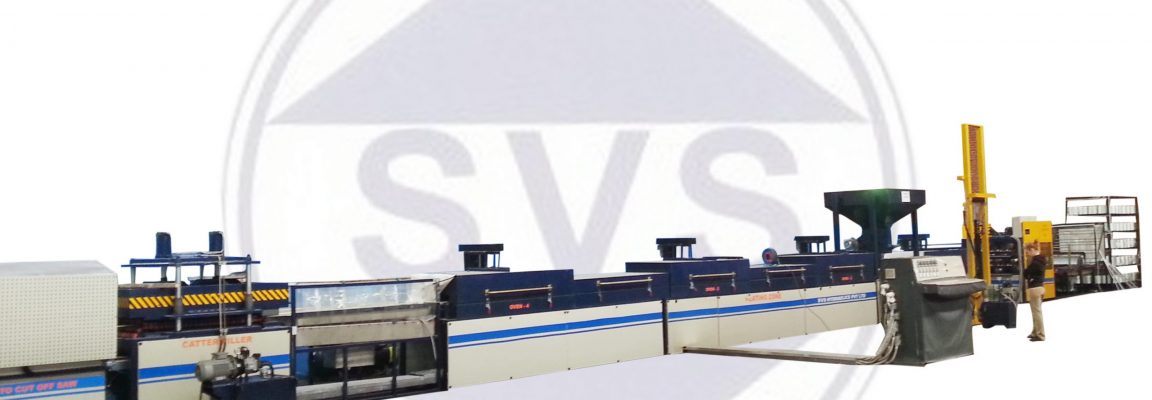
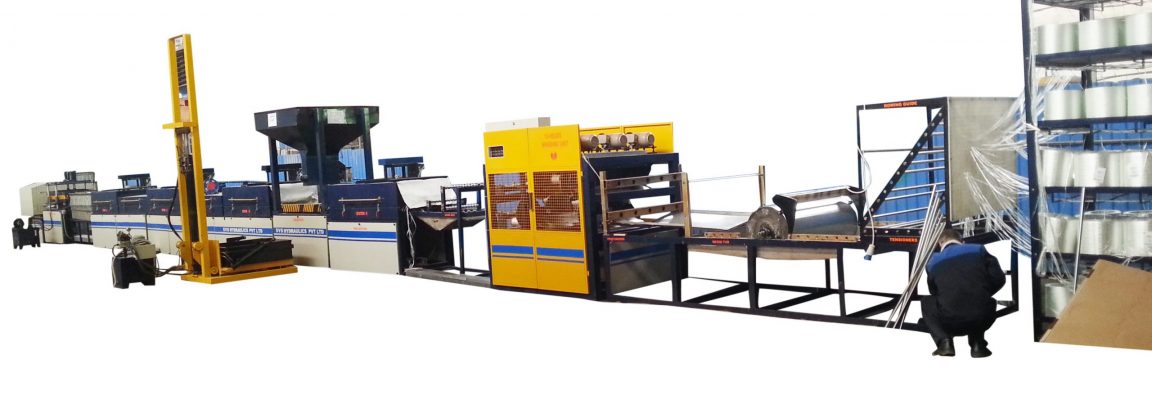
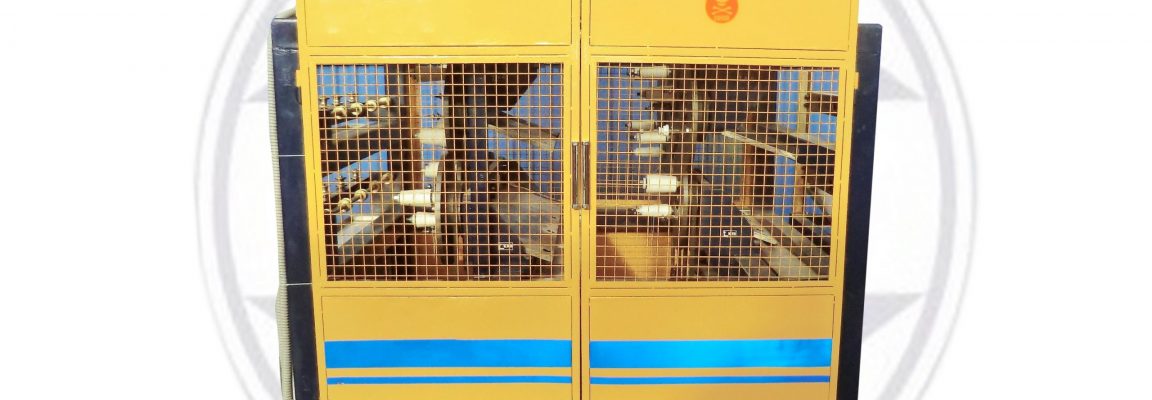
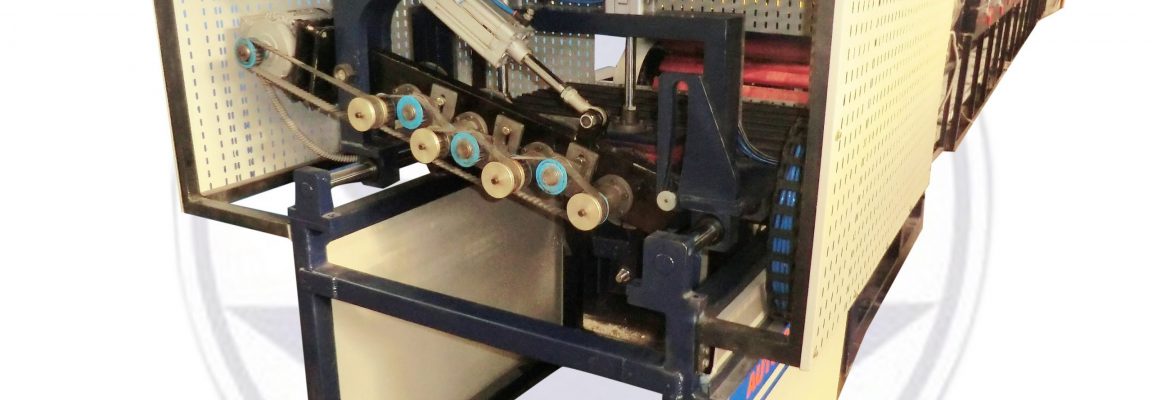
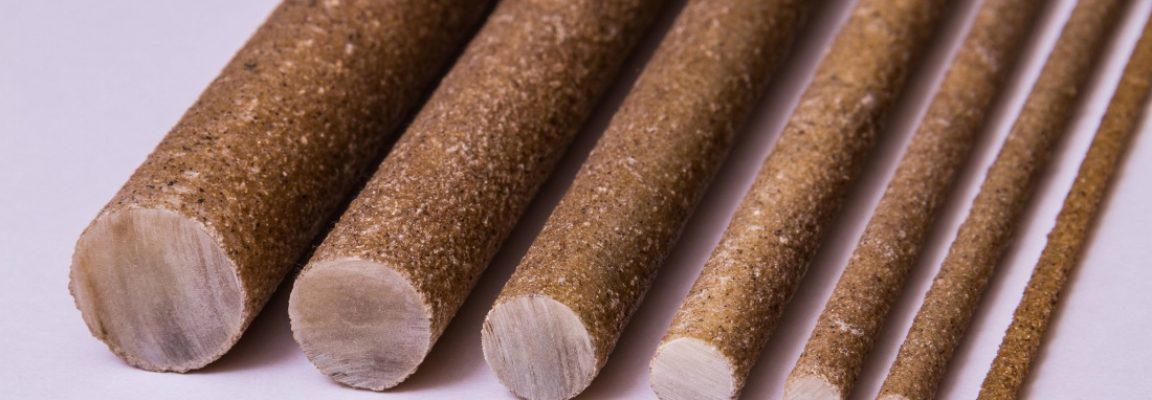
We (SVS Hydraulics Pvt.ltd.) Introduce ourselves as a leading manufacturer of REBAR PULTRUSION MACHINES, Hydraulic Cylinders, Power Packs, Pultrusion Machines, Pultrusion Dies, Mobile Hoarding Vehicles, Material Handling Equipments, etc–Ours is an ISO 9001-2015 Certified Company. We have full-fledged manufacturing facilities at our works situated at Jeedimetla, Hyderabad, Telangana, India.
We are supported by a team of qualified and experienced Engineers who have wide exposure in handling a variety of equipments, designing and manufacturing of Automation systems based on Hydraulics and Pneumatics. Based on our vast exposure to different kind of equipments, we can offer customized solution for any kind of Hydraulic, Pneumatic and Material handling problems.
It gives us immense pleasure to introduce our self’s the first and only manufacturer for Pultrusion Machine in India. We have gone into manufacturing of Pultrusion Machines since 2002.
We have indigenously developed hydraulically operated reciprocating Pultrusion Machine first time in India our Machines are already in function from 2002 very successfully. We started our export to Central America, Nigeria, Brazil, Hungary, Iraq this has been commissioned and operating well to the at most satisfaction of the costumer and we are expecting repeat order from them. We are in process of export orders in Europe, Russia too.
Please give us an opportunity to serve for your requirement. We assure you that we live up to your expectations in quality and delivery schedules. Please found for more details at our Website www.svshydraulics.com, www.indiamart.com/svshydraulics (for our product range).
SVSHPL strives to help and develop processes and designs to keep the composite industry moving forward. SVSHPL feels that by training and delivering the best machinery on the market, we can help grow the composite industry worldwide. If we cannot help with our years of knowledge in this industry, we can certainly send a customer in the right direction. We do not try to sell machinery or services to every customer. We try to help evaluate production requirements and investment payoffs.
WE CAN’T SPELL SUCCESS WITHOUT YOU
A composite product provides a designed solution that surpasses the performance of the starting materials.
What Are Composites?
Composites are engineered products made from two or more different materials. A composite product provides a designed solution that surpasses the performance of the starting materials. While there are many variations of composites, the most common engineered composite materials are fiber reinforced polymers (FRP).
What are the Advantages of FRP Composites?
The benefits of using composite materials include:
Where are composites found?
Composites are used to raise performance levels, address traditional material design limitations, and enable the development of new product solutions. Composite materials are found in many of the products used in our daily lives, such as cars and trucks, bath tubs and counter tops, boats and windmills. Composites are also used in many critical industrial, infrastructure, aerospace, and military applications.
What are composites made from?
The term composite can describe many types of engineered materials, but the most common engineered composite materials are fiber reinforced polymers (FRP). FRP is often comprised of a reinforcing fiber in a polymer matrix.
How are composite products made?
To form a composite part, the liquid polymer binder resin is combined with the fiber and filler materials. The polymer is then converted from a liquid to a solid during a heat and chemistry driven molding process, encapsulating the fibers and fillers into a specific shape.
There are many processes available for fabricating composite parts. The fabrication methods range from very simple and low cost direct molding operations to complex processes and equipment operations. The process selected to fabricate the composite part is dependent upon factors such as the quantity of parts to be produced, the design requirements, part complexity and surface appearance.
Composites offer high strength, low weight, durability and design flexibility
Why Use Composites?
Composites, especially Fiber Reinforced Polymer (FRP) composites, offer many advantages compared to traditional materials:
Composites reduce environmental impact by direct applications and through functional applications.
Composites & Sustainability
Many of the properties that make FRP composites the preferred material of choice for performance reasons also result in a more sustainable material. These properties include:
Composites can contribute to reducing environmental impact by direct application and through functional applications.
Direct contribution can be seen in applications that reduce energy requirements, such as:
Functional contribution can be seen in applications such as:
The Future of Composites
The composite industry is driving to improve in the area of sustainability, including:
Corrosion and deterioration of steel reinforced concrete creates a significant maintenance and replacement demand. The costs to mitigate or remediate structures due to rebar/concrete corrosion are high. Composite FRP rebar provides a non corrosive reinforcement to concrete that provides the necessary strength and reinforcement, significantly enhancing service life of the reinforced concrete. Composite rebar is 1/4 the weight of steel and has a tensile strength greater than steel.
One of the main reasons for considering FRP bars for concrete reinforcement is that steel corrodes in concrete subjected to harsh environments, resulting in loss of strength and structural integrity. Highway structures are particularly prone to this corrosion, as they are exposed to the outdoor environment and to deicing salts in colder climates. It is essential that all tensile reinforcing elements, including FRP bars to be used in concrete structures, retain sufficient strength capabilities during the expected life of the concrete structure. C-BAR® deformed FRP bars are a suitable alternative to steel reinforcing bars when reinforced concrete is:


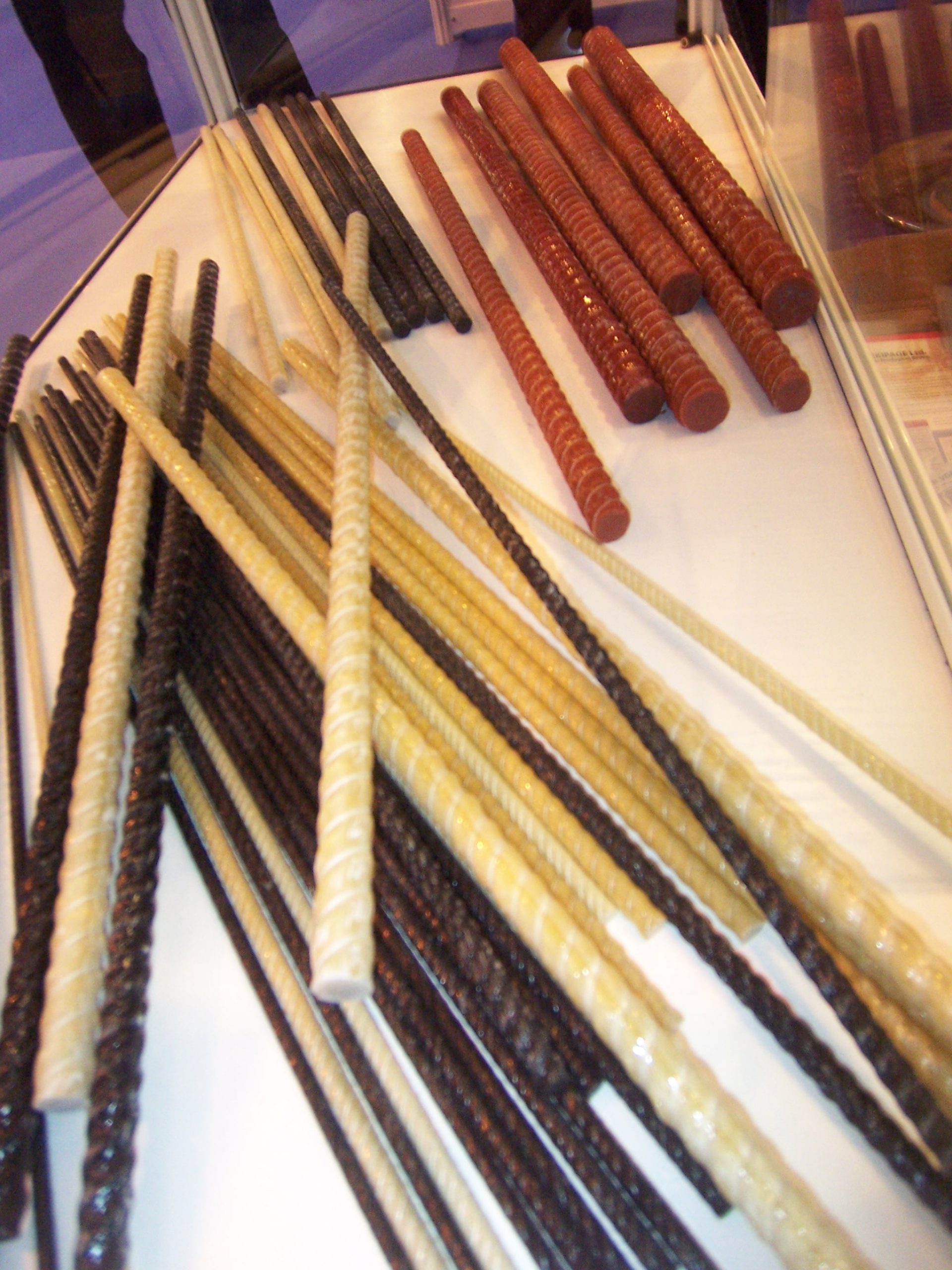
WhatsApp us

